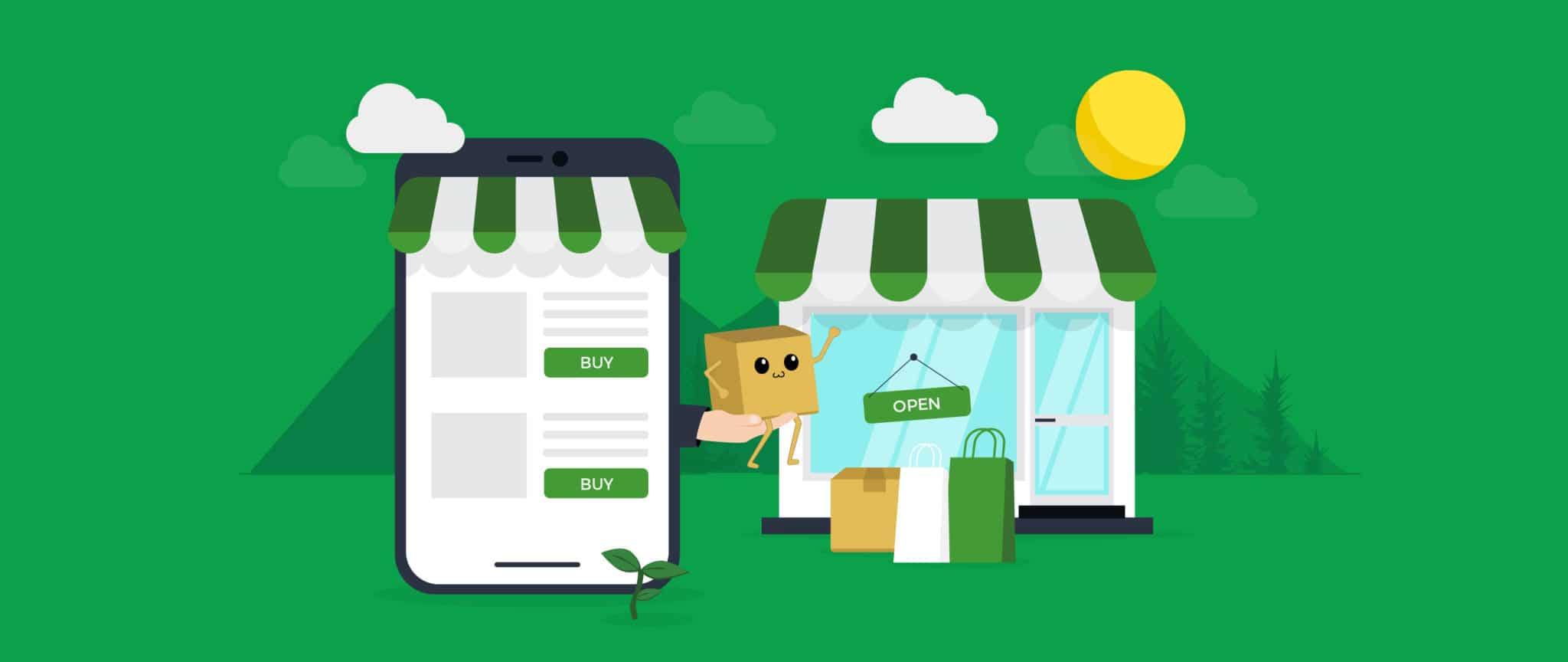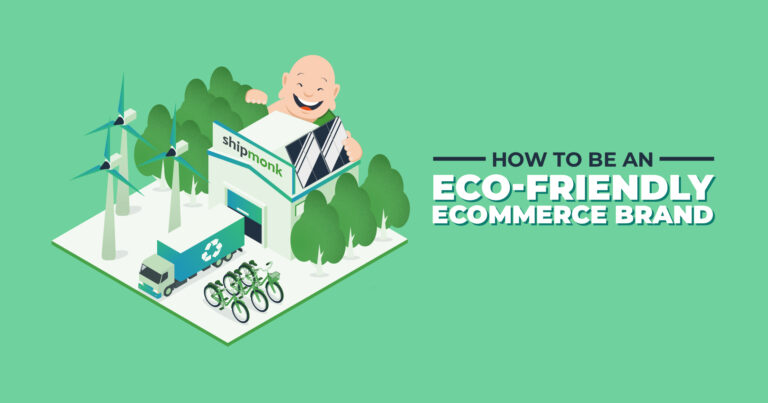How O2O Is Shaping the Future of eCommerce
The new acronym on the block? O2O, or online to offline. If you were wondering about the fate of retail as a whole, O2O is what’s on the crystal ball. But what does it truly mean? And how can it be effectively incorporated into your business? Well… that’s also on the crystal ball, but luckily the answers are crystal clear!
Sit back, grab a snack, and join us as we take a look at how brick-and-mortar is becoming click-and-mortar.
But First, Is Retail Really Dead?
It seems like every news outlet and Facebook comment wants to ring the doomsday bell and decree retail to be dead as a doornail. The scoop, however, is that this only paints part of the picture.
Bad news first: Yes, the retail apocalypse is real. In 2019 alone, 9,302 stores announced their farewells, sending both devoted shoppers and data analysts into a frenzy. Although it might be easy to pin these closures solely on the eCommerce piñata, there are other factors that contribute to a store’s decision to shut down, namely:
- Events outside of our control, such as the economic effects of a global pandemic
- The shift from a service to an experience-based economy
- A shrinking middle class
- Poor management
In all fairness, eCommerce is definitely a driving force behind the changing landscape of retail. The point we’re trying to make here is twofold:
- eCommerce is not the only factor behind the fall of brick-and-mortar, and;
- eCommerce doesn’t seek to replace brick-and-mortar.
A key component of every successful business is adaptability. The world is constantly changing, and failure to accept and enact these changes often leads to some pretty big missteps. In retail’s case, while some companies were left behind, others were able to roll with the punches, primarily by investing in the right technology and growing their reach online, which is where O2O comes in.
So, What Exactly Is O2O?
O2O bridges the gap between the physical and the digital. It’s what all the cool cats, from Target to Kylie Cosmetics, are doing to stay afloat in an often mercurial, unquestionably competitive, and increasingly pixelated world.
O2O can be incorporated in many different ways. Here are some of the most popular!
In-Store Pickups
Tired of wandering down endless aisles to find the products you want? Meet BOPIS, otherwise known as one of the most popular baby names of 2021 — we’re kidding, of course.
BOPIS stands for “Buy Online, Pick Up In-Store,” and it’s super straightforward: Just search for the items you want, click “Buy,” and pick your order up at your chosen store’s nearest location. In addition to saving time, it’s also the perfect halfway point, allowing customers to benefit from both online and offline shopping.
In-Store Returns
While online shopping is the epitome of convenience, online returns can be a whole different story. The process of printing shipping labels, finding packaging materials, and driving to the post office is often somewhat of a hassle for many shoppers. In-store returns are the quick, easy solution, simplifying the return process into one simple step while also making use of a store’s existing brick-and-mortar location.
Going Mobile
For companies that want to flex their creative muscles, expand their branding, and provide tangible value to customers, mobile apps are where it’s at.
Take, for example, the Sephora app, which allows shoppers to try on different makeup products before picking them up in-store. Or Home Depot, whose app not only sends personalized product recommendations based on location, but also shows how to get to these products within specific store layouts. And lastly, Target, which, in collaboration with Pinterest, lets customers take a snap of a product that catches their eye to see if the same product (or something similar) is available in a location close to them.
Pop-Up Shops
Jumping on the bandwagon can be a smart move… if you do it right! Pop-up shops have been all the rage in recent years, providing a wealth of benefits for savvy companies as well as an exciting opportunity for both new and existing customers.
Some of the pop-up shop pros include:
- Affordability, as there are fewer overhead costs (like paying for rent)
- Brand awareness and education
- Customer engagement
- The ability to experiment with new products and test a new revenue stream
Kylie Cosmetics, a frontrunner in eCommerce beauty, made waves in 2017 by opening pop-up shops in seven major U.S. cities. Legions of eager fans lined around the block in anticipation of the temporary storefronts, proving that the offline experience is still an essential part of modern retail.
Despite 2020’s disruptory coronavirus, O2O is here to stay. In fact, as vaccines roll out and the world slowly starts to shift back to normal, O2O is one eCommerce trend that’s flexible enough to cater to a wide demographic of customers who still, for whatever reason, rely on at least some aspects of brick-and-mortar shopping to get the job done.
Even if your business operates entirely online, branching out IRL might unlock a host of new opportunities for growth. Whether you take inspiration from the examples above or create something entirely different, the important thing is to always stay two steps ahead.
P.S. Want to stay up-to-date with the latest eCommerce trends? Subscribe to our blog newsletter!



